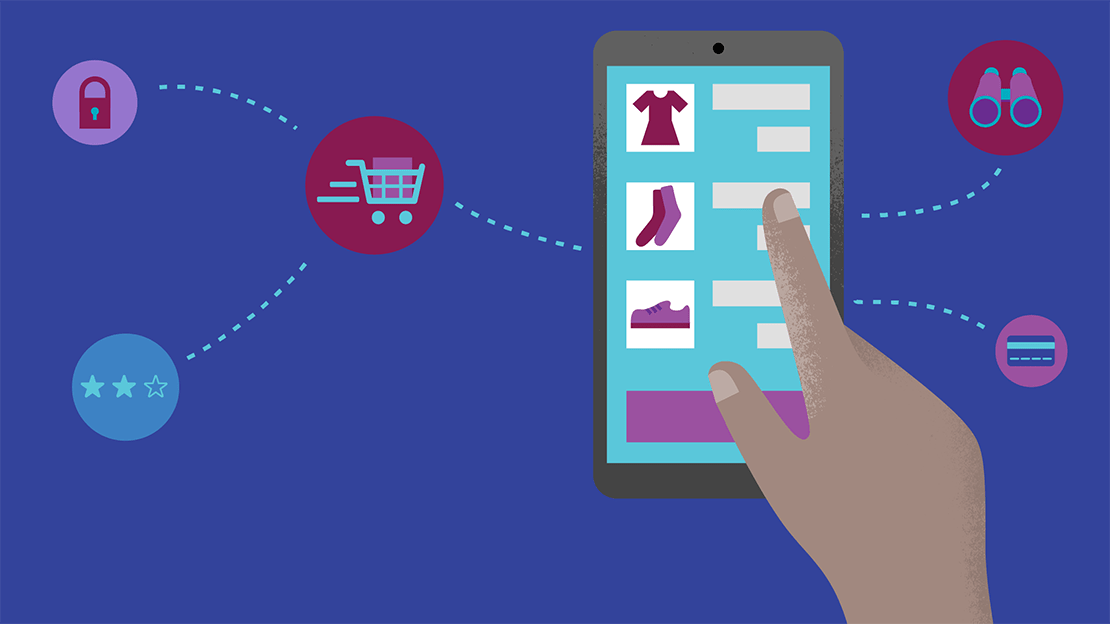As better retail experiences become a focus point, NEO Tech is changing the retail game in South Africa
To keep up with e-commerce, solve some of the issues that have long faced brick-and-mortar stores and provide a better retail experience, retailers in South Africa are integrating advanced technology into the in-store shopping experience.
One new tech innovation that’s changing the retail space is NEO, a self-service kiosk that’s designed to boost sales while keeping inventory losses low.
NEO is echoing a trend in which retailers around the world are participating — adding tech to the shopping experience in an effort to boost sales, increase brand recognition and wow customers.
What Is NEO?
NEO is a kiosk retailers can set up in their store aisles among their physical inventory. Customers can use the device to explore items on sale via a touch-screen interface and choose the ones they’d like to purchase.
If a customer selects an item that is not on shelves and is instead behind the counter, for instance, the machine prints out a QR code. The shopper brings this printed code to the cashier when they check out to purchase the item.
South Africa-based company Quattro Management Systems developed and recently launched NEO.
How Does It Help?
Quattro Management Systems designed this kiosk to solve several problems for both retailers and shoppers.
Retailers must occasionally put some items behind the counter or in other places that are inaccessible to customers. They may do this with high-value products to reduce the risk of theft, as well as to protect items such as medicines, where the law restricts purchases for safety reasons.
In South Africa, retailers keep around just 30 percent of premium brands on the shelves. Although this is important for reducing theft, it also causes a substantial drop in sales — likely because of the loss of visibility.
Not having the items readily available to customers reduces impulse buys and makes them more likely to choose a cheaper option that’s more readily accessible. Customers also might not realize a store has an item in stock if they’re not looking for it behind the counter.
Retailers also often dislike having certain items next to each other behind the counter, as it seems disorganized. Certain combinations may leave a bad taste in customers’ and retailers’ mouths, so to speak, such as having baby formula next to cigarettes.
Not having items on store shelves reduces sales and makes the shopping experience less convenient for customers, as it makes it harder to find these products. Boosting sales nationwide could provide a shot in the arm for the South African economy, which has consistently struggled to keep up.
NEO helps solve both these problems. The kiosk gives the items more visibility in the store aisles and gives customers more time to explore what the store has to offer without worrying about holding up lines or experiencing judgment, whether perceived or real, from store staff.
So far, the systems have proven effective. Stores that have installed NEO kiosks have reported double- and even triple-digit increases in sales for items they keep behind the counter.
Retailers are now focused on using smart technology to provide a better retail experience for consumers.
Click to Tweet

Smart Technology
NEO kiosks also provide another benefit to shops through their use of connected technologies. The systems track inventory of the items they display and predict when they are going to run out, helping store managers ensure they always have the products in stock. The stock-control system also updates every two minutes, making it highly unlikely a customer will print a QR code for an item and then find it’s out of stock when they reach the checkout counter.
In-Store Tech Around the World
Retailers are also integrating tech into the shopping experience in other countries around the globe. All in an attempt to create better retail experiences.
Physical retail isn’t dead. Mediocre retail is dead.
David Gilboa, Co-founder, Warby Parker
A French startup called Botescope is using a platform called Screenly to take in-store digital signage to a new level. Botescope and Screenly are working to integrate chatbots into the screens that can give customers information about products, including product demonstration videos, ingredient information for food items and inventory levels. They can even give customers access to coupons using QR codes.
This type of technology could improve the shopping experience for customers, as well as improve a brand’s reputation. About one-third of Americans say they use a business’s signage to make judgments on quality. A company that uses interactive signage like the Botescope and Screenly system would likely appear innovative and high-end to customers.
Retail stores are also using a range of other technologies, including interactive hangers that trigger product videos when picked up, near field communication devices that give customers product information on their phones and much more.
This type of technology has made online and brick-and-mortar shopping a more similar experience. Companies are increasingly realizing they don’t have to choose between the two, and formerly online-only brands like Warby Parker are even opening physical stores.
What’s Next?
Based on the success thus far of NEO and other similar systems, in-store technologies will likely become more common in brick-and-mortar retail stores in South Africa and around the world.
Quattro Management Systems hasn’t said whether it plans to expand outside of South Africa, but we’ll certainly see more technology-driven experiences for shoppers around the globe in the coming years.
